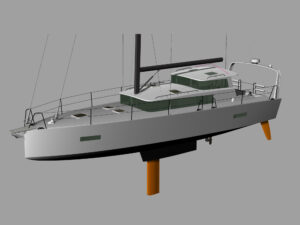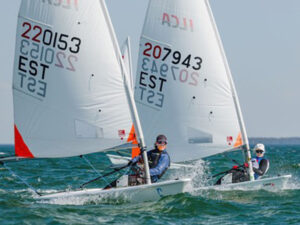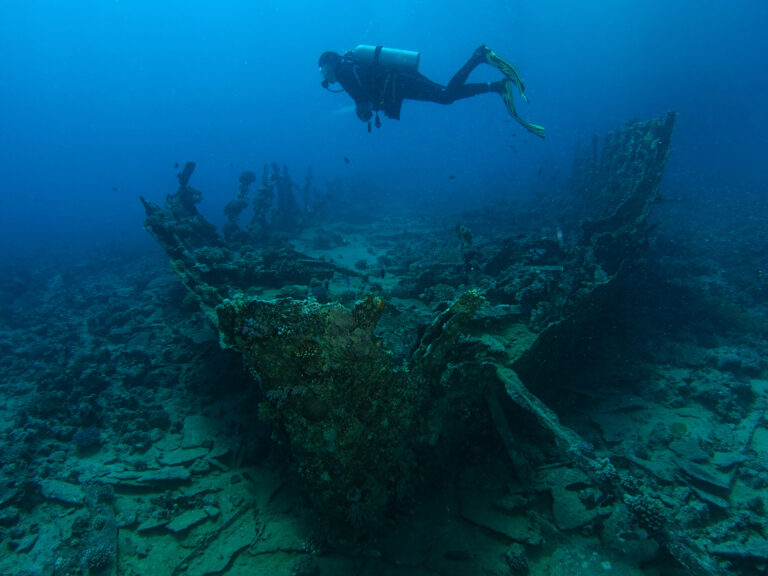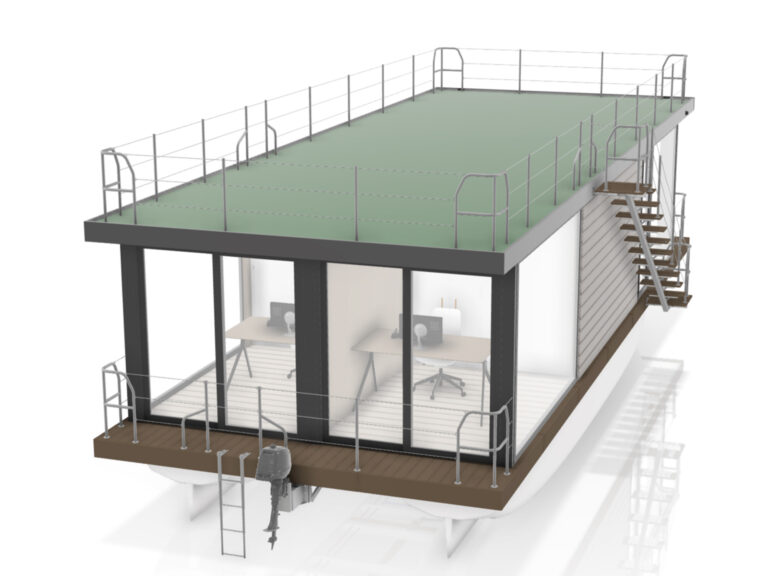
It was the second time we anchored at Tigvariak Island that I realized we were in a giant game of cat and mouse, a life-sized version of the matchup between a cat, fixated on its scurrying prey with quick and destructive movements, and a mouse, constantly darting this way and that to avoid the predator’s pounce. This cat had two paws; one that carried strong and unpredictable winds capable of whipping up short steep seas as it swept by, and the other that pushed beautiful, mesmerizing, menacing streaks of ice across the water.
We, of course, were the mouse.
This imbalanced contest began in the bay of Cross Island, a shallow hook-shaped cove offering protection from the ice chunks pawing at us across the sand spit. We felt confident in this hiding spot until, while we were distracted by the icy threat so close by, the other paw threw a strong southeasterly wind at us. As if on purpose, this was the only wind direction from which our bay could not shield us. Foiled! We snuck out while the cat prepared to pounce and re-anchored at Tigvariak island, another low-lying strip of land 25 nautical miles away. It offered strong protection from the southeast, but no shelter from any other direction. We weathered the first windy paw swipe easily, but later that evening, the wind shifted and came at us from the northwest.
That was uncomfortable.
We wiggled out of the grasp of the northwesterly winds and darted five miles north to the barely-protective embrace of Pole Island. The next morning, we scampered back to Tigvariak when the wind swung back around to the south. It was a frustrating kind of comedy, scurrying back and forth once or twice a day, tucking in behind tiny bits of sand for shelter from our predator’s lumbering paws of wind and ice.
It was funny until we almost got caught.
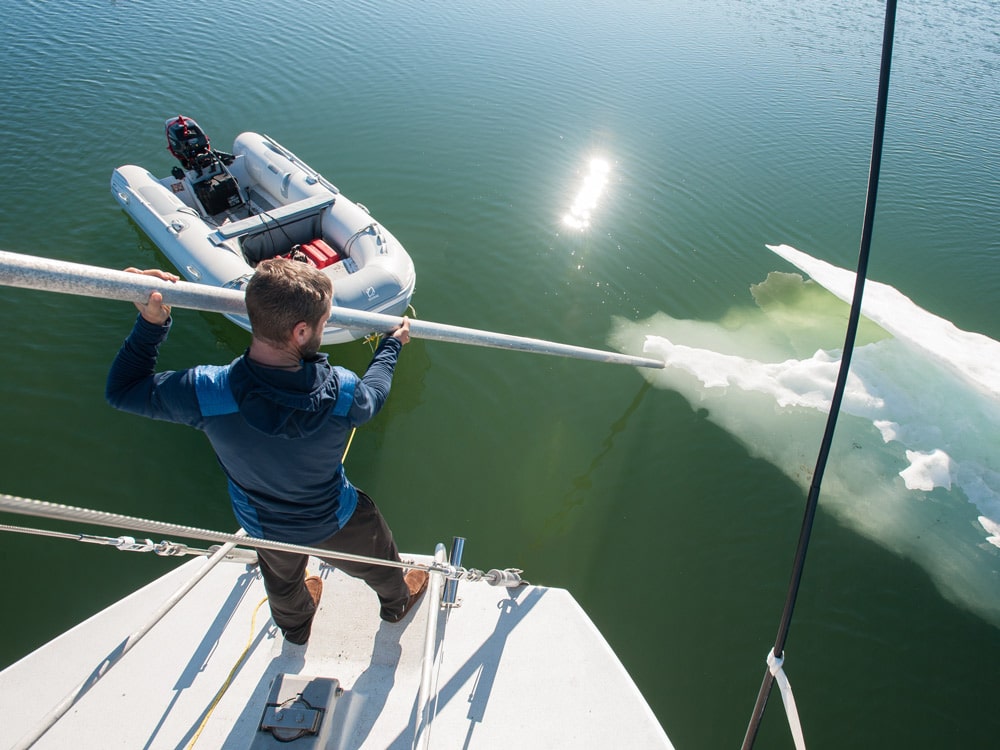
With a new prediction of strong easterly winds in the forecast, no matter how hard we stared at the bare coastline ahead of us at Tigvariak, we knew it would be uncomfortable. Cross Island was the best protection we could get from the east. So, we retraced our steps once again. But this time, the entrance to the bay was choked with ice. We couldn’t find an open lead of water in the thickening ice and dense swirling fog. What was a straightforward entrance a few days before had become a minefield. What should have been 30 minutes dragged into several tense hours as we weaved back and forth amid the silent towering ice structures.
This cat sure had us dancing.
We were about to give up and turn back for Tigvariak to get pounded by the incoming easterly when the fog lifted just enough to contract the assistance from a little birdie friend (our drone). From above it was possible to see a narrow open path, obscured in the fog from our sea level perspective. With the drone leading the way, we crept into the anchorage, sometimes with mere inches between the side of the boat and the ice on either side. The bay itself was still relatively clear of ice, so we circled around a promising spot and settled in on our anchor.
The cat, it seemed, was getting restless.
Despite glassy seas, an invisible force pressed chunks of ice into the bay all evening. They crowded our anchor chain and scraped along the hull, emitting intimidating snarls that reverberated through the boat. Several times during the night, we were compelled to haul the anchor and maneuver to clearer water, escaping the icy claws seemingly intent on ensnaring our anchor chain. We took turns standing watch through that night and all the next day, despite not being underway. Observing the almost imperceptible motion of passing ice in the eerie silence of the bay, fending off the small chunks with a long pole and moving the boat to escape slow motion collisions with the huge slabs.
That tabby may have had the upper hand but we held on to our grit and determination.
Finally, when the predicted easterly winds filled in, they drove the ice away from our anchor and out of the bay. Our perseverance had paid off; our predator lost interest in the game and wandered away, taking the strong winds and dense ice with it. At least for the time being, we could sleep soundly knowing we were sheltered from the curious destructive paws of the arctic wind and ice.


